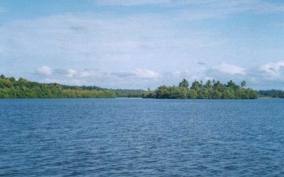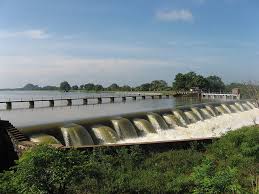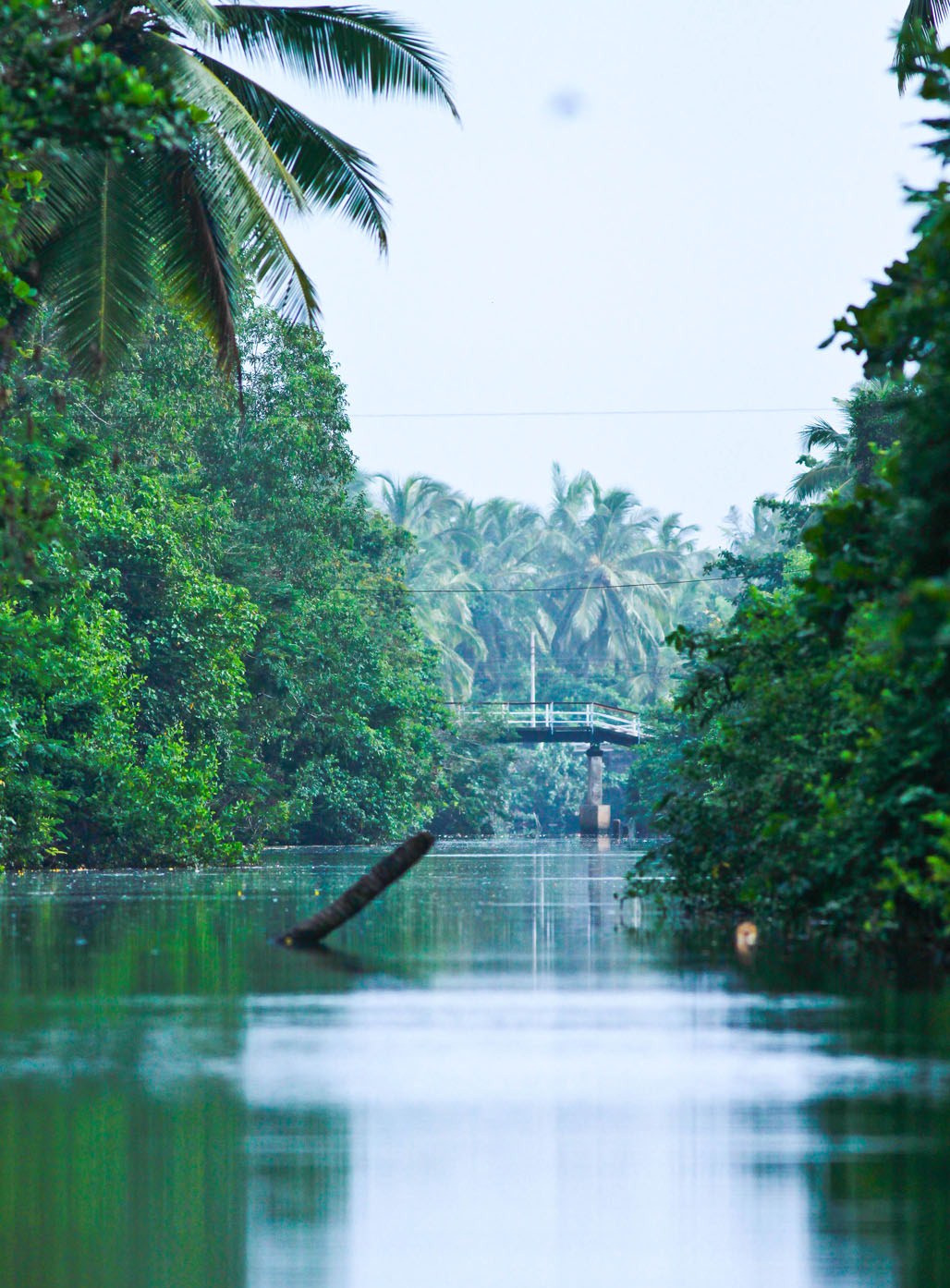 |
Home About Directory Conservation |
 |
Mundel Lake The Mundel ‘Lake’ is actually a shallow brackish water lagoon fringed by mud flats, salt marshes and remnants of mangrove stands which is connected with the Puttalam estuary at the northern end through the Dutch canal. The lagoon is completely cut off from the sea by a narrow sandbar at Udappuwa and the high salinity level of the wetland is maintained due to high evaporation and low rainfall in the area. Aquaculture farms are the most conspicuous developments around the lake while a small-scale subsistence fishery can also be found. The wetland is an important feeding ground for migratory birds. The Mundel Lake and its environs are disturbed as a result of injudicious utilization of resources beyond sustainable limits. |
| More details Maps |
 |
Nachchaduwa Tank Nachchaduwa is a recently rehabilitated ancient irrigation tank. It is situated in the upper regions of the Malwatu Oya basin and forms a part of the cascading tank system of the Mahaweli scheme. The conservation significance of the wetland stems not only from its support to wildlife but also from the multiple uses it provides in the form of irrigated agriculture, domestic usage and fisheries. The tank catchment forms a part of the Ritigala Strict Nature Reserve, which is notably high in floral and faunal diversity. |
| More details Maps |
 |
Negombo Estuary Negombo estuary is a very productive shallow coastal body of water, receiving fresh water from the Attanagalu Oya drainage basin via Dandugam Oya and Ja-Ela and connected with the sea by a single narrow opening. There are 13 islands within the inter-tidal channel segments of the estuary of which four are inhabited. The estuary is multi-functional but is threatened by accelerated and haphazard infrastructure development. It is interconnected with the Muthurajawela marsh. |
| More details Maps |